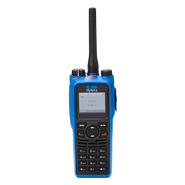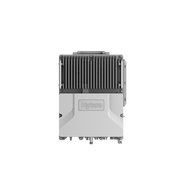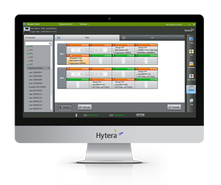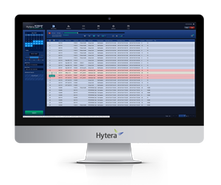Background
The Saudi Electricity Company (SEC) is a monopoly electricity energy company responsible for generation, transmission and distribution of electric power in the Kingdom of Saudi Arabia (KSA). The National Grid SA, a wholly owned subsidiary of SEC, is responsible for the planning, design, development, operation and maintenance of the transmission network in Saudi Arabia. The transmission network spans more than 90,000 circuit-kilometres (CKM) to cover more than 13,000 cities and villages.
Challenge
Delivering a single, reliable and secure DMR network across the region's varied environments to support excellent indoor and outdoor coverage
National Grid SA’s existing communication system consisted of several separate P25 and traditional analog networks, some of which dated back to 2010. These networks were no longer able to satisfy the diversified communication needs of modern national grid operation and maintenance. The communications system needed to be upgraded for a number of reasons.
For a start, the various radio networks were not unified into a single system, so it was difficult for National Grid staff to achieve cross-regional communications. There was also insufficient network capacity, so as traffic increased the systems were gradually becoming unable to meet the daily communications requirements of the company. In addition, the signal coverage was poor, especially indoors. Finally, the radio equipment was old and difficult to operate and maintain.
The project mainly covers the three southern regions of Asir, Najran and Jazan, which account for approximately 17% of the Saudi population. The region includes a wide range of terrain including Saudi Arabia's highest mountains, the 3,133m high Jebel Al Souda, for example, and its largest islands, such as the Farasan Islands in the Red Sea. The region also contains around half of the Kingdom's rain-fed agriculture (50,000 hectares). This varied terrain created some enormous challenges in terms of implementing the new communications project.
The project also had to meet key performance demands set by the client. Firstly, the project had to adhere to the KSA High Commission for Industrial Security (HCIS) standard for secure system reliability, security with full redundancy including, MSO, base station main units, dispatching and recording system, and also link redundancy.
Secondly, the new network had to provide better coverage performance across the whole region of southern KSA.
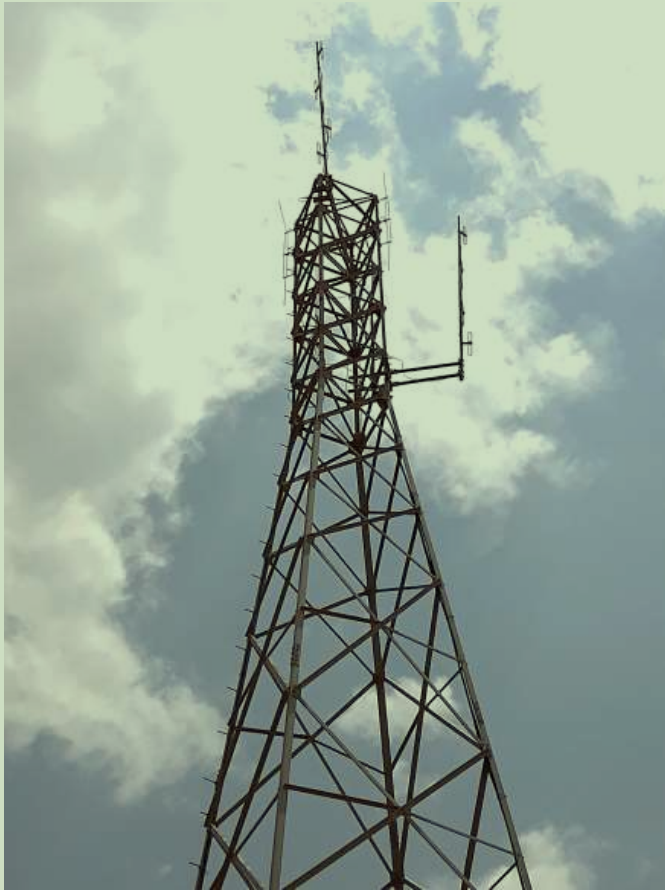
Solution
Before going out to tender, SEC undertook research into several communications manufacturers and diffierent radio technologies including TETRA, P25 and DMR. Eventually, Hytera was awarded the contract as its DMR Tier III Trunking Lite communications solution was deemed the most advantageous in terms of coverage, safety, reliability and cost.
The solution is based on high-power (100w) DMR trunking base stations, which greatly reduces the number of base stations required as they deliver enhanced coverage and therefore help to reduce the investment cost. The DMR network provides a joint indoor and outdoor networking solution, which effectively reduces coverage holes and improves indoor signal coverage.
The Hytera DMR trunking base stations can provide a complete encryption solution and authentication scheme to reliably ensure the security of the customer’s communications. Hytera was able to meet the HCIS standard and all core networks, base stations and command and dispatch systems can achieve complete redundancy backup to improve system reliability.
In addition to basic voice services, Hytera DMR clusters can also provide some data services to improve daily communication efficiency. Hytera was also able to provide intrinsically safe DMR radio terminals to meet the communication needs of staff working in potentially explosive environments.
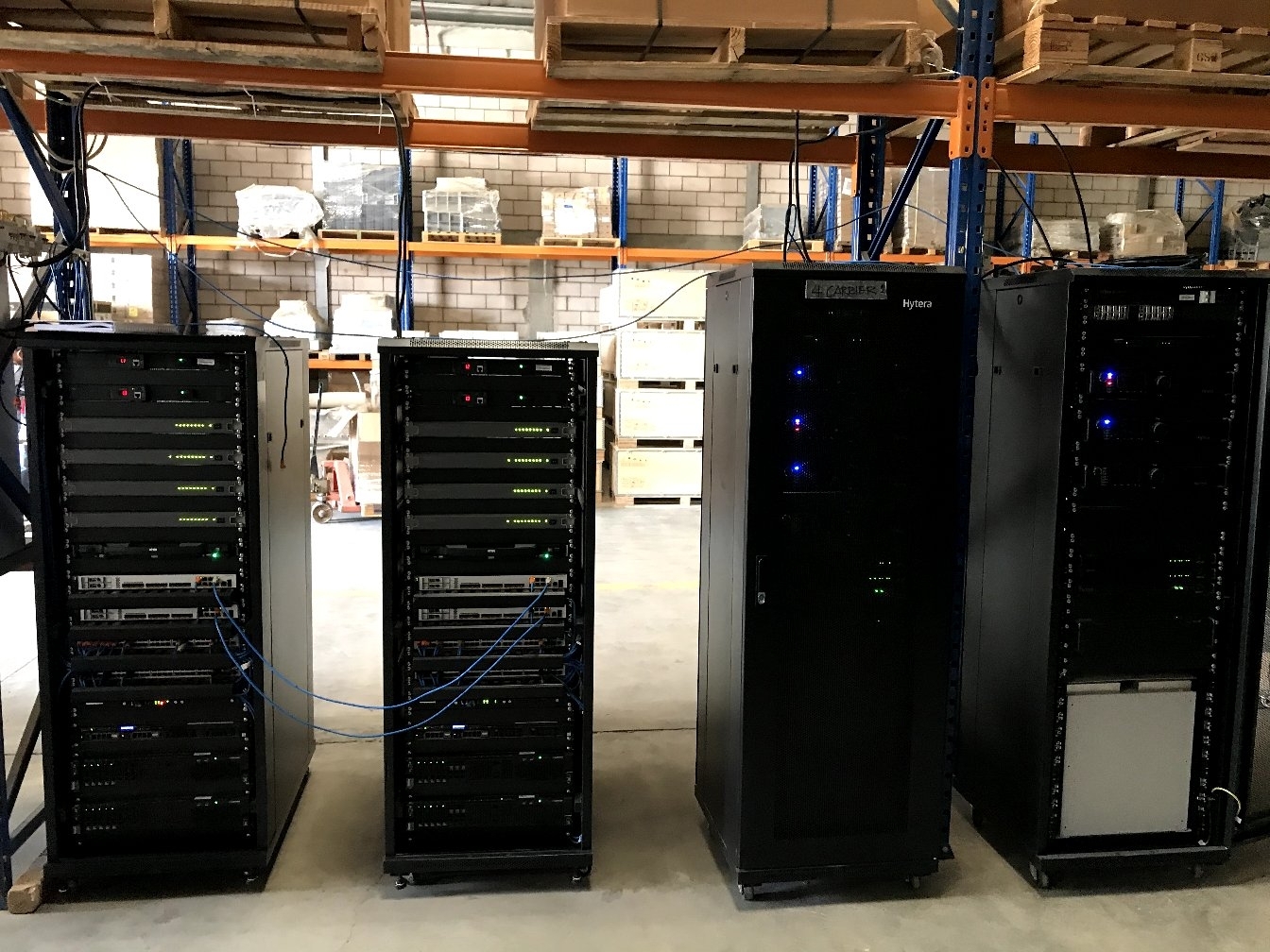
Benefits
- Single, modern digital network
The DMR Tier III network replaced multiple separate old networks to provide much more efficient communications across the region. - Consultative support ensures unified indoor and outdoor coverage
As well as implementing the end-to-end DMR trunking solution, Hytera was also able to over professional network planning and design services to ensure the optimum unified indoor and outdoor coverage. - High power base stations extend coverage and reduce infrastructure costs
Hytera's 100w trunking system products and site design solutions deliver a high level of safety, reliability and wide coverage to ensure the overall system is efficient, stable and easy to maintain. - Rugged ATEX terminals for safe communications
Hytera's rugged DMR explosion-proof terminals are able to cope well with various harsh environments and are able to meet the communication requirements of radio operations in extreme conditions.


